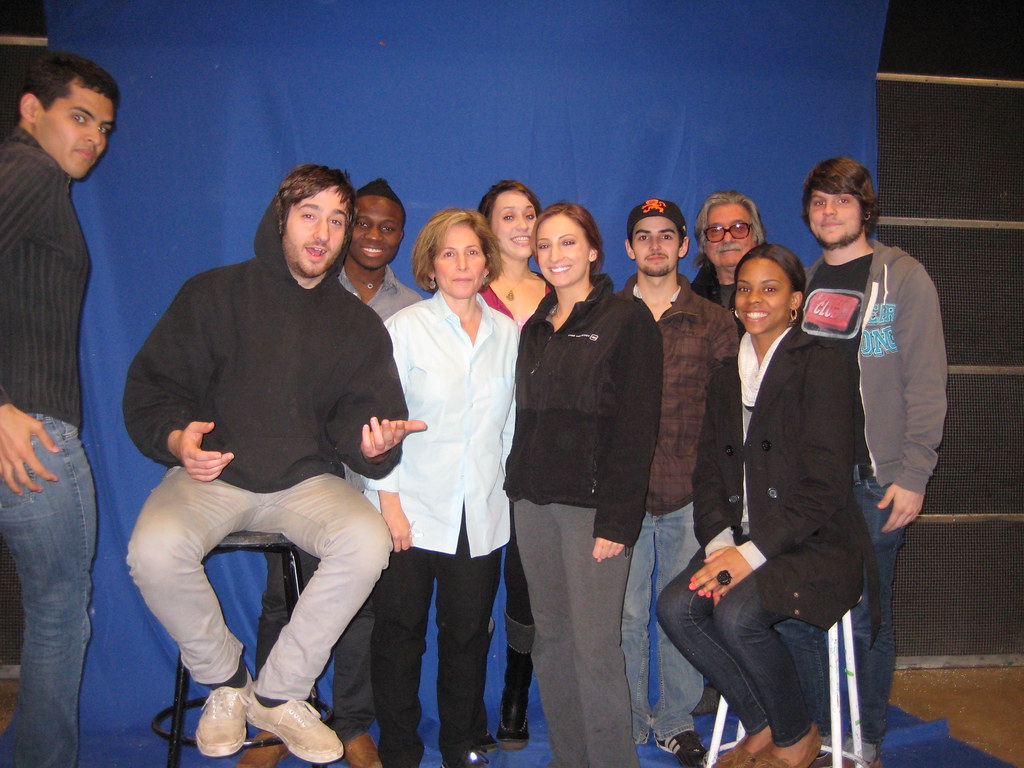Orientation: Push/Pull
The Push/Pull exercise we have adopted is used in treatment for vertigo. Two people walk together, one pushing, and the other pulling by holding each other’s arms. The person being pushed closes their eyes. The person pushing narrates what they observe around them in a continual stream of association, while the person pulling allows themselves to be “steered” by the other. Not only does one have to rely on the other person for their visual sense of the world, but they start to separate the senses within themselves. Balance is no longer achieved through visual orientation; it shifts to the legs, the sense of sound, and importantly, the physical proximity of one person to another. The exercise immediately disassociates all these elements and forces the sensory system to reorient itself in real time.
This has led to several projects where the students employ some kind of presence and absence by eliminating or displacing one sense – whether it be sight, or sound. Pairs of students were asked to walk around a block. One partner would lead another who wore a blindfold. They were taken to specific locations on the block, where the student with vision would describe the location in detail. The blindfolded student used their cell phone to call a phone number in order to narrate what they imagined would be in that location in ten years. The result was an audio repository of the imagined block in ten years, mapped to location.
In another exercise, called Body, Movement, Environment, two students set out to explore how the body correlates to the physical landscape and everyday places and objects in unexpected ways. Related to the French game of Parkour, an activity that is based on moving from one point to another as directly as possible - overcoming the obstacles of fences, walls, or gaps - these students encountered all the physical obstacles in a block radius. They sought to discover how their bodies created a new spatial experience, which they mapped to place via photographic documentation and video displayed in a monitor. The students here are asked to explore their relationship to the everyday environment, their sensory orientation, and embodied sense of place.
The work of the artist Akitsugu Mayebayashi, in his project Sonic Interface, suggests some of the sensory alteration we may yet encounter in the future. Sonic Interface is a portable hearing device that is made from headphones, microphones, and a laptop computer. The participant is invited to walk around the city, and experiences modified sonic environments processed real time from the sounds it picks up. Mayebayashi has focused on the auditory sense as an interface between the body and the environment. By uncoupling sound from vision, his project questions what we assume as "real". "Presence" requires the constant stabilizing and synchronizing of vision and sound; an uncoupling of the two opens up the possibility for other presences, other experiences of "self." This separation also importantly has the effect of destabilizing the experience of "place."
Tuesday, October 6, 2009
Subscribe to:
Post Comments (Atom)




No comments:
Post a Comment